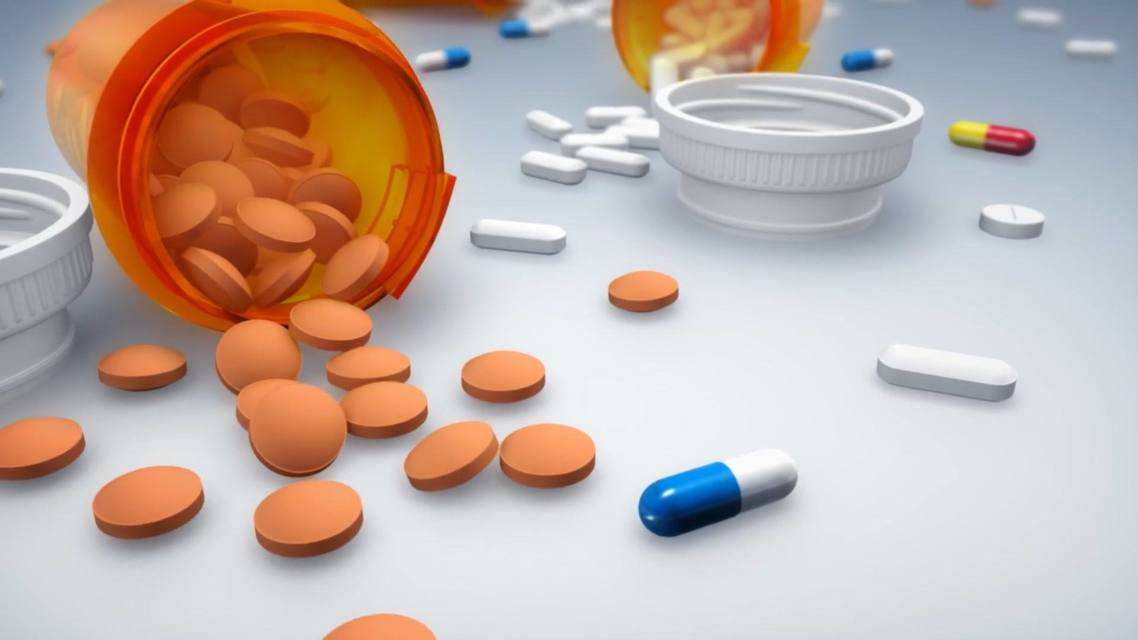After Daiichi Sankyo detonated the market, ADC instantly became Jerusalem in the hearts of pharmaceutical companies, and pilgrims came in droves. Since the beginning of this year, large multinational pharmaceutical companies including Johnson & Johnson, GlaxoSmithKline, Merck & Co., etc., have begun to buy ADC drugs. Also, how can an aspiring pharmaceutical company not have ADC?
From the perspective of transaction price, the pilgrims are sincere: according to the statistics of Kai Tak Pharmaceutical, from 2017 to 2021, the down payment for ADC drug transactions has increased by 2.5 times, and the total transaction amount has increased by 3.84 times.
The ADC market is destined to continue to surge.
In June of this year, there were market rumors that Merck would acquire Seagen for $40 billion. If the acquisition is completed, Merck will create the largest merger in ADC history in one fell swoop.
At the beginning of the year, many Bigpharma said that they would wait for the fish to die. But this trick may no longer apply to Biotech holding ADC assets.
For Mersana, the happiness came a bit suddenly. Because the clinical data of the core pipeline was extremely collapsed, its market value fell from $3 billion all the way to $268 million in February this year, successfully cutting the knee. But this does not prevent it from receiving money in the ADC trading market and receiving soft hands.
First, in February this year, Johnson & Johnson reached a cooperation with Mersana with a down payment of $40 million, and will use the latter’s technology platform to develop ADC drugs.
Half a year later, GlaxoSmithKline made a lot of money: on August 9, GlaxoSmithKline won the Mersana company with a down payment of $100 million, up to $1.36 billion in development, regulatory and commercial milestones. of preclinical HER 2 ADC drugs. After all, this year Mersana has made a fortune with an income of US$140 million from royalties alone. Seeing this, you may also have doubts. In the face of the big killer DS8201, why is GlaxoSmithKline so stubborn?
Maybe understandable. XMT-2056 is slightly different from the ADC drugs currently on the market. It is an immune-stimulating ADC – replacing the toxin with a STING agonist. This also leads to its potential for better effects. In preclinical tumor models, the data of XMT-2056 is not bad, and it shows strong anti-tumor activity in both high and low HER2 expression models. More importantly, the HER2 epitope targeted by XMT-2056 is different from both Trastuzumab and Pertuzumab. Therefore, XMT-2056 can be combined with DS-8201 for treatment. In preclinical studies, XMT-2056 also demonstrated good synergy.
For HER-2 ADC, the future DS-8201 is a hurdle that cannot be overcome. But XMT-2056 has two options: it can become a partner if it is defeated, which seems to be a good choice. But in any case, XMT-2056 only has preclinical data, no matter how good it is, it is only a concept. The iron-clad GlaxoSmithKline and the rich Mersana company are just a microcosm of the ADC boom.
With the success of the blockbuster ADC drug DS-8201 in 2019, it has attracted a large number of pharmaceutical companies to enter the market. In the past two years, the number and amount of transactions surrounding ADCs have skyrocketed at a speed visible to the naked eye.
According to the statistics of Qi Tak Medicine, the number of global ADC drug transactions in 2017 was 9, which will increase to 28 in 2021. Compared with the quantity, the price can better see the rising popularity of the ADC market:
In terms of down payment, it averaged $380 million in 2017 and has grown to $945 million in 2021. The increase in total transaction volume was even more exaggerated. In 2017, the total transaction value of ADC drugs was only 2.195 billion US dollars; but by 2021, the total transaction value has risen to 8.442 billion US dollars. It is not difficult to find that the market’s expectations for ADC drugs are getting higher and higher. The ADC space is destined to record more deals. Although the winter is still cold this year, the enthusiasm for ADC drug transactions has not diminished.
The performance of most multinational pharmaceutical companies is only supported by a few blockbuster drugs. The existence of the patent cliff determines that the performance of pharmaceutical companies is prone to a cliff-like decline. The solution to the problem is to find new blockbuster drugs as growth engines. However, following the “anti-Moore’s Law” characteristics of the innovative drug industry, it is not easy to devote oneself to research and development. In order to complete the performance KPI, continuous acquisition is the simplest and crudest strategy for large pharmaceutical companies to expand their pipelines.
It is for this reason that under this wave of ADCs, big pharmaceutical companies such as Bristol-Myers Squibb, Johnson & Johnson, and GlaxoSmithKline have successively waved their banknotes to enter the game. For ADC, the train to get rich, pharmaceutical companies are running on the train for fear of being left behind. On one side are big pharmaceutical companies with plenty of cash queuing up to buy an ADC ticket, and on the other side are the scarce small pharmaceutical companies with innovative ADCs. Under the shortage of supply, small pharmaceutical companies holding ADCs have more room for bargaining; even if prices increase, large pharmaceutical companies may still be willing to pay.
But obviously, for big pharmaceutical companies, spending money is a good time to avoid future crematoriums. After the introduction of CSPC’s Claudin18.2 ADC, Elevation’s stock plunged 12.77%. The explanation of some analysts in the United States is that the ADC introduced by Elevation is too homogenous and not much to watch.
In any case, ADC drugs are hot again, the success rate of research and development and the prospect of commercialization are all issues that must be considered.









